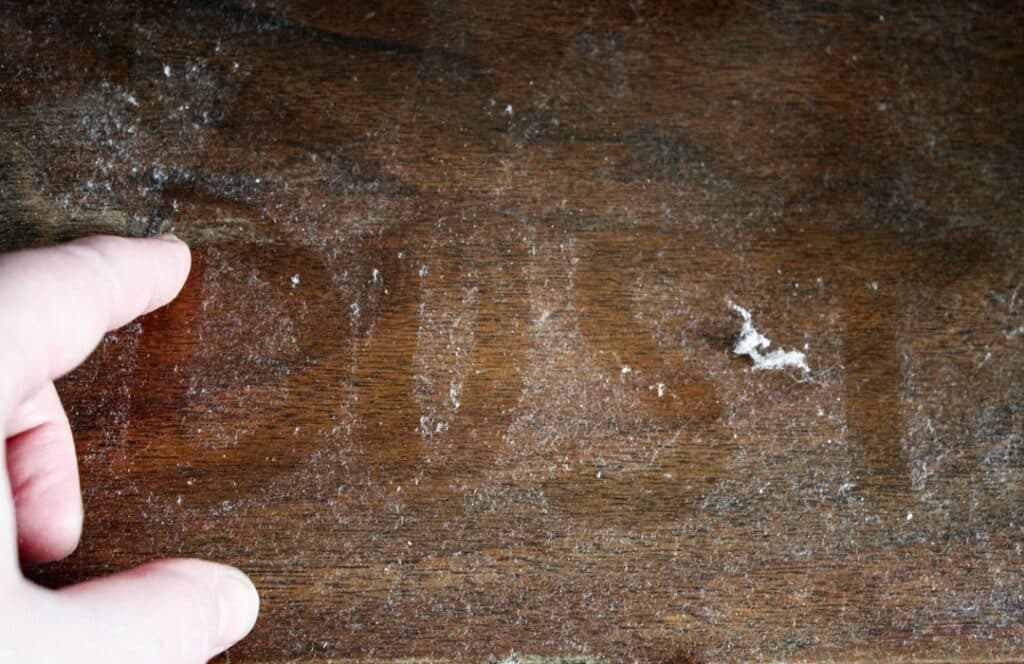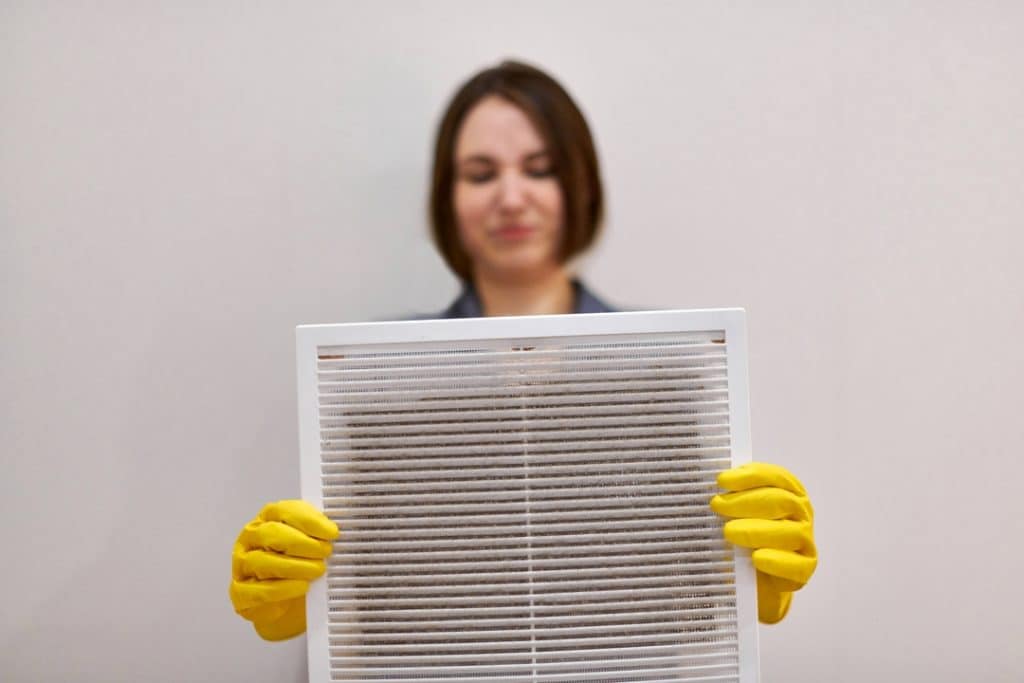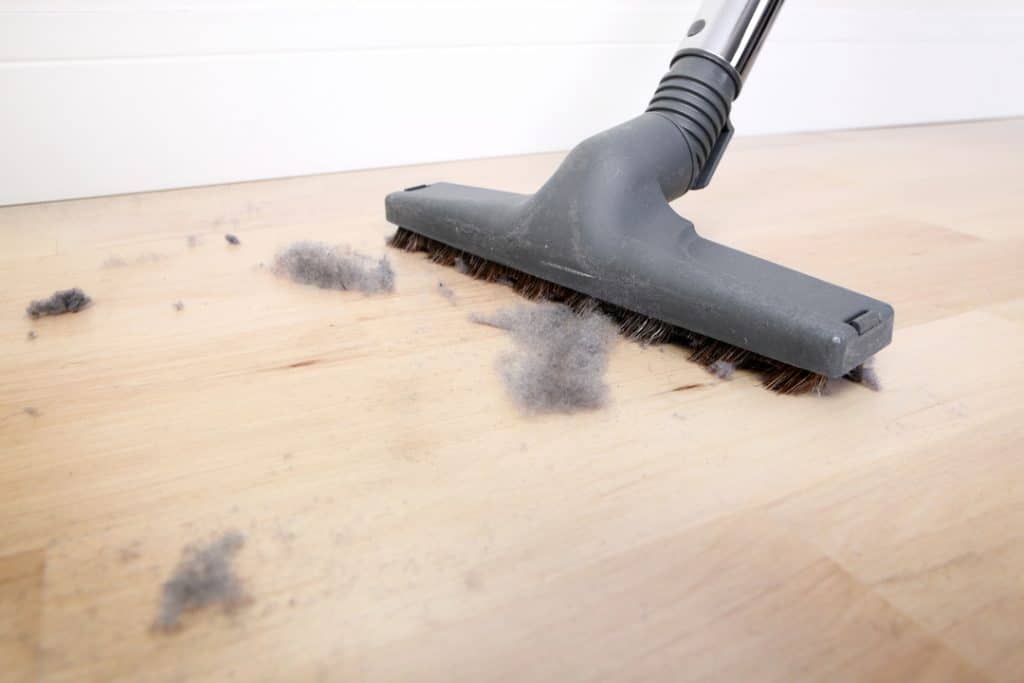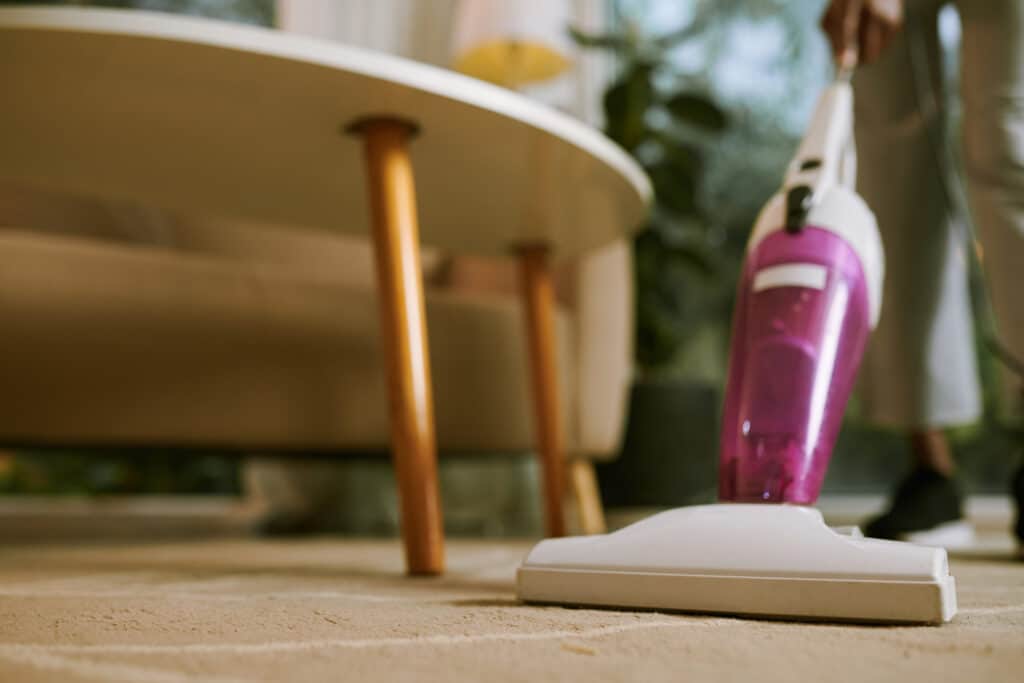
You might wonder: Why is my house so dusty? Here we give you the primary cause: regular and non-deep home cleaning practices that will make the work more complex, adding external agents from dirt, pollen, and even dead skin cells that our bodies replace every 30 days with new cells.
The most common dilemma about cleaning is why my house is so dusty. You might ask: Am I doing something wrong?
In three simple words will give you the well-known and irreverent whys:
Combined with the lack of time to clean it, you will have a nonattractive and unhealthy house. But Bay 2 Bay Cleaning Services offers the cleaning solution for your ongoing battle.

Suppose your IAQ (indoor air quality) is deficient. In that case, you must struggle with inadequate ventilation, insufficient air filtration, and high humidity levels, allowing dust particles, pollutants, and allergens to accumulate in your house environment.
4 Actions to Minimize the Dust in Your House:

Do you have pets? Well, their hair and dander contribute to the dust in your home. Regular grooming and cleaning are the surest solution to avoid dust in your house.
3 Tips to Keep Pet Dander Under Control:

The home textiles like curtains, carpets, and upholstery can trap and release dust particles inside your house. The secret to helping you reduce dust is to do regular cleaning and maintenance.
You Should Consider these 3 Steps to Keep Dust Away from Your Home:
These two uninvited agents can easily find their way into your home through windows and doors, contributing to the overall dust levels which can cause an allergic reaction when you inhale or come into contact with them.
3 Ways to Minimize the Influx of Outdoor Dust & Pollen:
In case you do not know, dust in the home is composed of about 20-50% dead skin cells. An ordinary person produces ⅓ ounce of dead skin each week (around the weight of a car key), and while it does not seem like much, the average home in America collects 40 pounds of dust each year.
To Address this Issue, You Can Apply these 4 Skin Care Tips:

An unorganized space can make cleaning the collected dust more difficult. You can reduce dust accumulation by organizing your home better and simplifying the cleaning procedure.
Try these 3 Actions:
Dust in the house can produce considerable health outcomes like allergic reactions, asthma, respiratory problems, and lead poisoning.
Other adverse effects of dust are breathing delicate/fine particulate matter (PM2.5), which can injure human health, causing chronic obstructive pulmonary disease, lower respiratory infections, lung cancer, and increased risk of dying from heart disease.
The NASA team’s research provides complete data about the health calculating the global health effects of PM2.5 by analyzing exposure over an extended period using a NASA atmospheric modeling system integrated with medical data from the University of Washington’s Global Burden of Disease Study.
According to their estimates, China has 43% of those deaths and 23% of India (two of the world’s most populous and polluted countries).
We know that a cloud of persistent dust in the home can be frustrating, mainly when you dedicate time and effort to maintaining a clean living environment.
But, now you have the answer to the question “Why is my house so dusty?” and also you have the solution. By practicing the recommendations we provided in this blog post or hiring our cleaning experts you will keep your house or office ambiance healthy and in great condition.